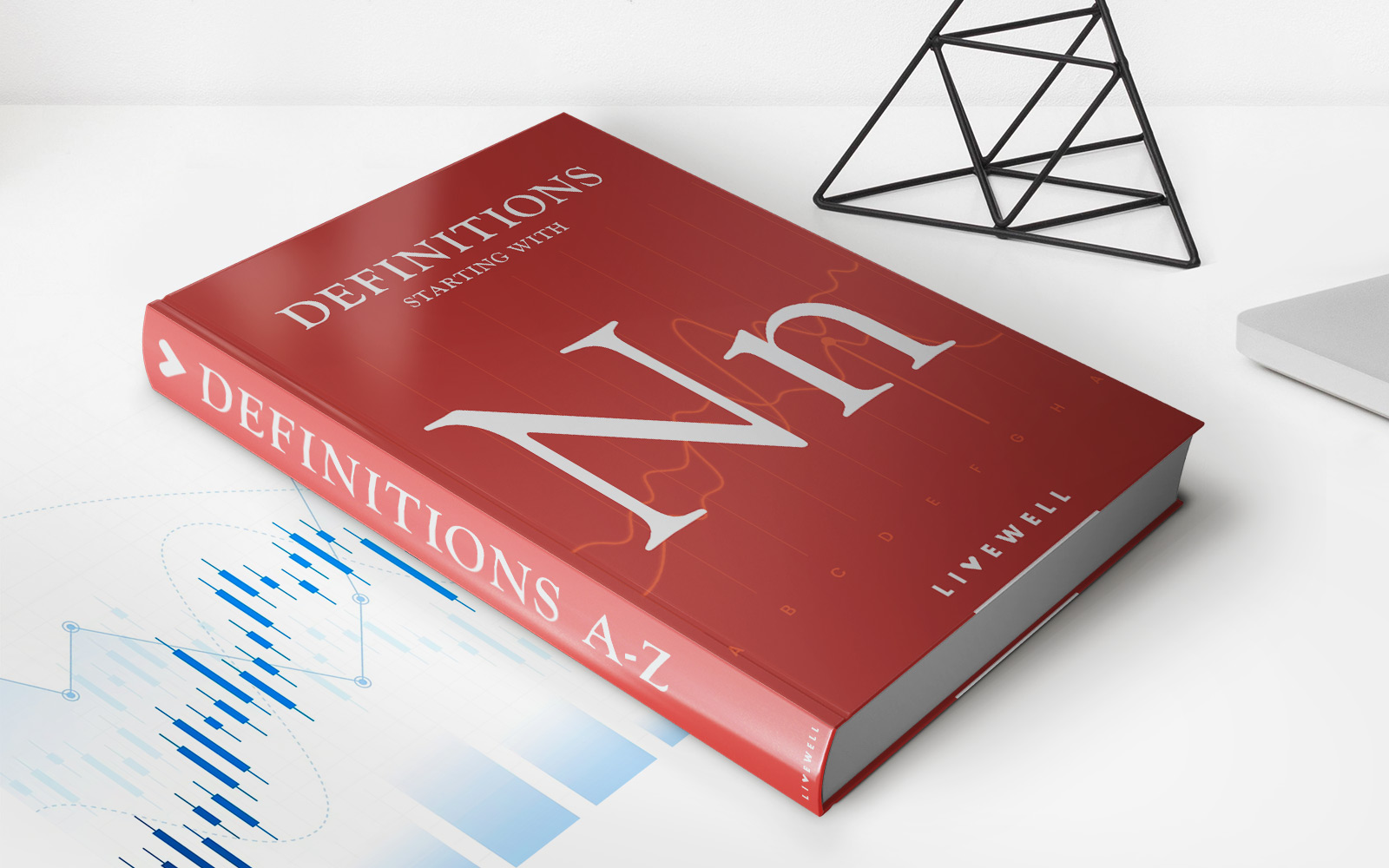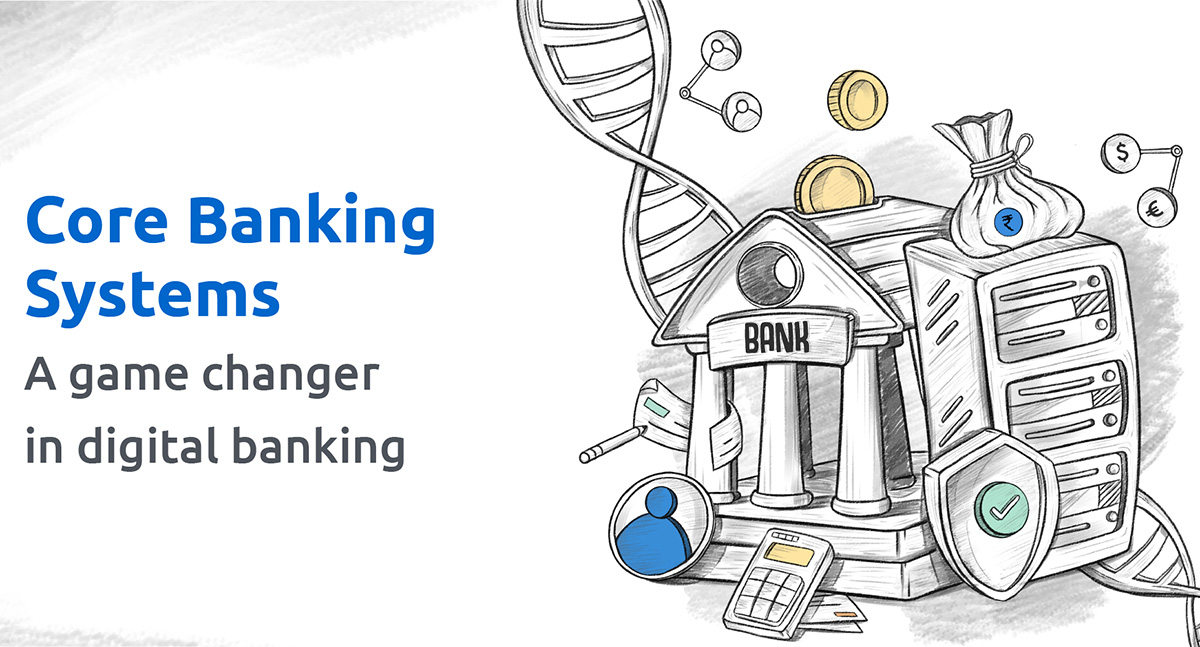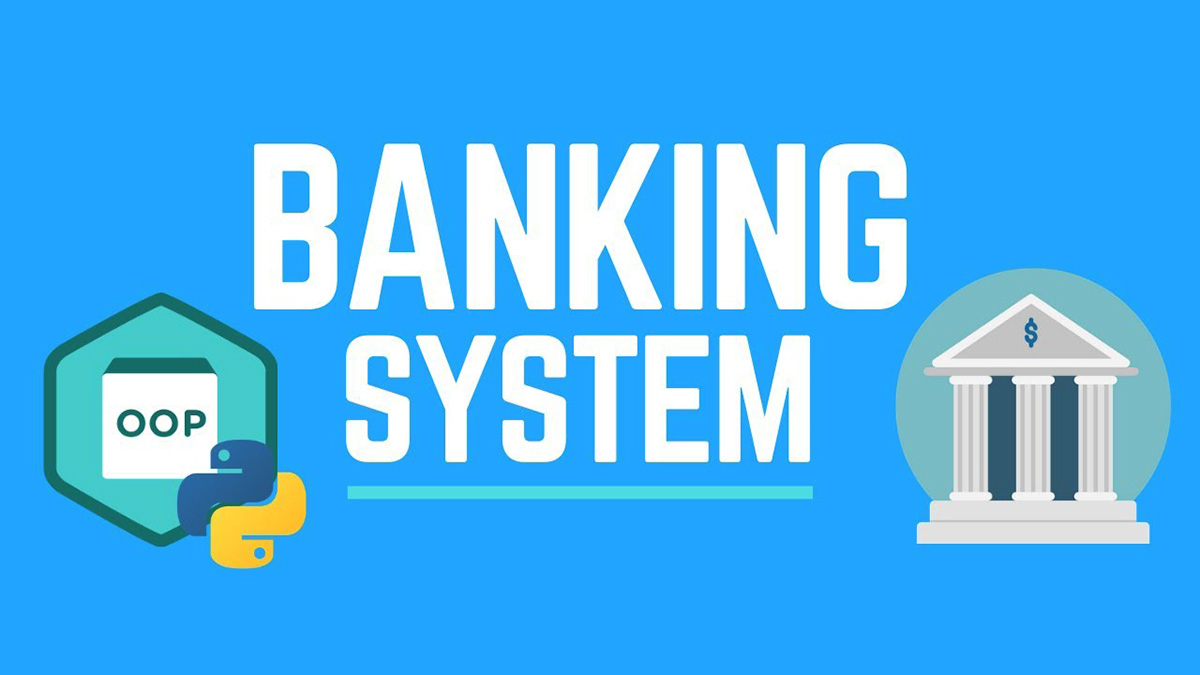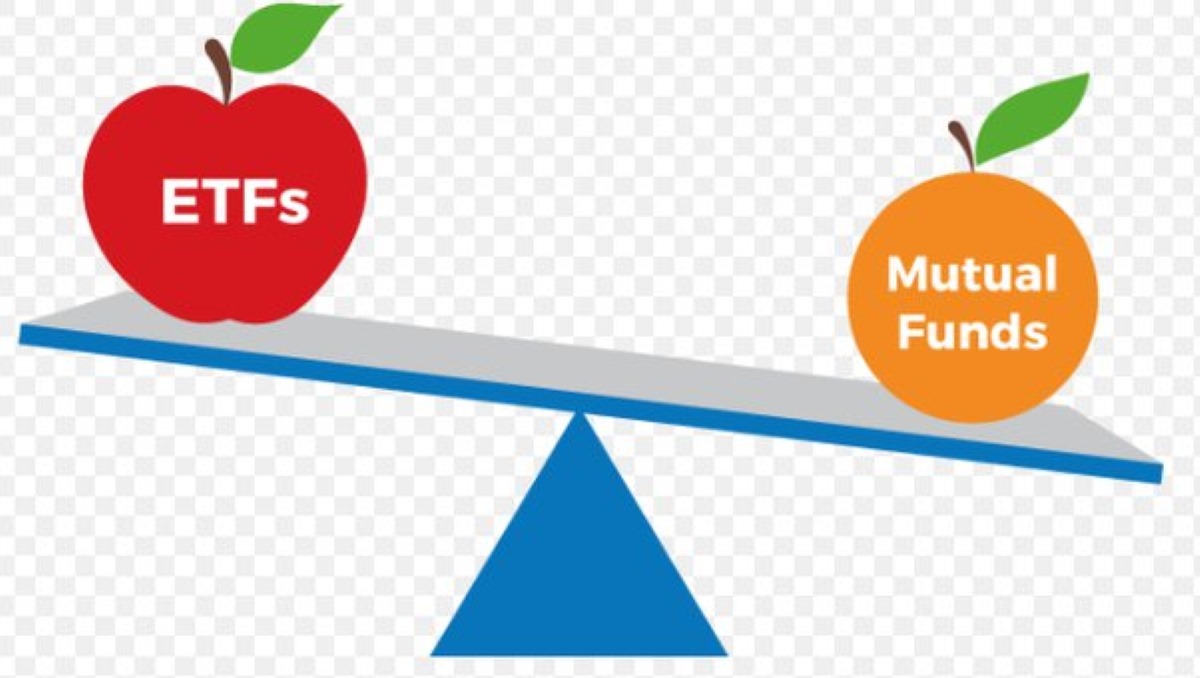Home>Finance>Federal Home Loan Bank (FHLB) System: Definition And History


Finance
Federal Home Loan Bank (FHLB) System: Definition And History
Published: November 22, 2023
Learn the definition and history of the Federal Home Loan Bank (FHLB) System in the field of finance. Explore its importance and role in the financial sector.
(Many of the links in this article redirect to a specific reviewed product. Your purchase of these products through affiliate links helps to generate commission for LiveWell, at no extra cost. Learn more)
Federal Home Loan Bank (FHLB) System: Definition and History
Welcome to our Finance category, where we dive into various topics related to money, investments, loans, and financial institutions. In today’s blog post, we will be exploring the Federal Home Loan Bank (FHLB) System. If you’ve ever wondered what the FHLB System is all about and how it plays a crucial role in the banking industry, you’ve come to the right place!
Key Takeaways:
- The Federal Home Loan Bank (FHLB) System is a government-sponsored enterprise that provides funding and support to financial institutions, promoting affordable housing and community development.
- The FHLB System was established in 1932 during the Great Depression and has since grown to include 11 regional banks, serving over 7,000 member institutions across the United States.
The Definition and Purpose of the Federal Home Loan Bank (FHLB) System
The Federal Home Loan Bank (FHLB) System is a network of 11 regional banks that provide funding and support to member financial institutions, including banks, credit unions, and insurance companies. The primary purpose of the FHLB System is to promote affordable housing and community development by ensuring a stable supply of liquidity for its members.
But how does the FHLB System achieve its mission? Let’s take a closer look:
- Providing Low-Cost Funding: One of the critical roles of the FHLB System is to offer low-cost funding to member institutions. These institutions can access funds from the FHLB System at favorable interest rates, which they can then use to provide loans and investments for home mortgages, small businesses, and community development projects.
- Promoting Liquidity and Stability: By providing its members with a stable source of funding, the FHLB System helps promote liquidity and stability in the financial industry. This stability is essential during times of economic uncertainty, as it allows member institutions to continue their lending activities, thus supporting economic growth and development.
- Supporting Affordable Housing Initiatives: The FHLB System places a strong emphasis on affordable housing initiatives. It offers programs and grants to member institutions that promote homeownership, rental housing, and other community development projects. This support helps ensure that individuals and families have access to safe and affordable housing options.
The History of the Federal Home Loan Bank (FHLB) System
The establishment of the Federal Home Loan Bank (FHLB) System can be traced back to the Great Depression in the 1930s. During this challenging period, many Americans struggled to access affordable housing and affordable mortgage credit. Recognizing the need for intervention, the U.S. government took action and created the FHLB System with the passage of the Federal Home Loan Bank Act in 1932.
The FHLB System started with just 12 regional banks, and over the years, it has grown and evolved to meet the changing needs of its members and the communities they serve. Today, the FHLB System consists of 11 regional banks, located in major cities across the United States. These banks play a vital role in providing funding and support to financial institutions, ensuring that they have the resources they need to meet the needs of their customers and communities.
Throughout its history, the FHLB System has adapted to the ever-changing economic and financial landscape. It has weathered various challenges and economic downturns while remaining committed to its mission of promoting affordable housing and community development.
In conclusion, the Federal Home Loan Bank (FHLB) System is a critical component of the U.S. banking industry. Through its network of regional banks, it provides low-cost funding, promotes liquidity and stability, and supports affordable housing initiatives. As we continue to navigate the world of finance, it’s essential to understand and appreciate the role that institutions like the FHLB System play in shaping our economy and society.














